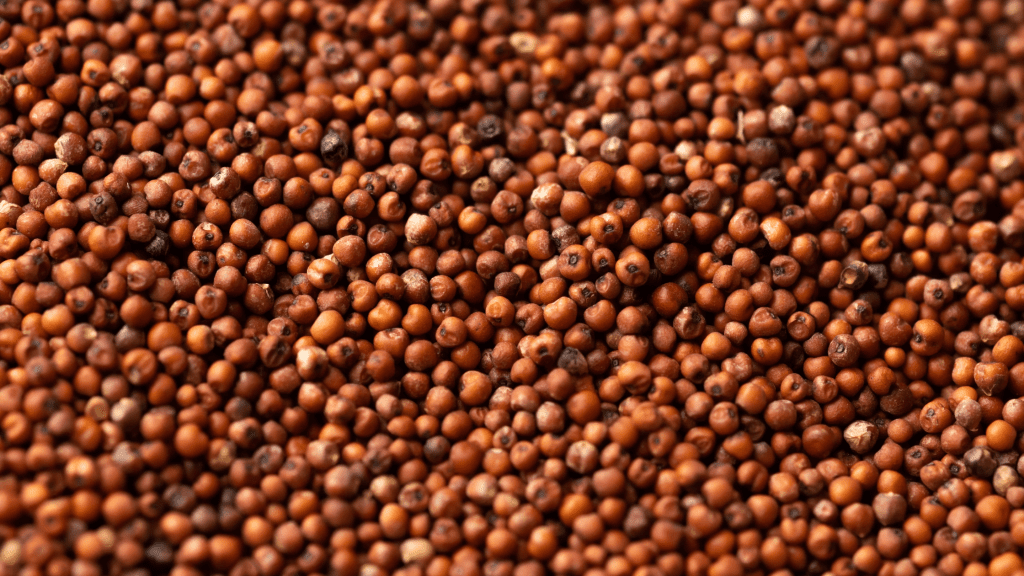Context:
Recently, ten wild elephants from a herd of 13 died within three days in the Bandhavgarh Tiger Reserve, Madhya Pradesh, with early assessments linking the deaths to possible “kodo millet” poisoning.
More on the News
Principal Chief Conservator of Forests (Wildlife) said the deaths of elephants could have been caused by “mycotoxins associated with kodo millet”.
However, the post-mortem reports are awaited to shed more light on the case.

Bandhavgarh National Park came into existence in 1968 and was officially entitled as Bandhavgarh Tiger Reserve under Project Tiger in 1993.
- It has a population of elephants that migrated from Chhattisgarh in 2018.
About Kodo Millet (Paspalum Scrobiculatum)
Also known as Kodra and Varagu, Kodo millet is a staple food for many tribal and economically weaker sections in India.
- Some of the famous dishes that can be made with kodo millets include idli, dosa, papad, chakli, porridges, and rotis.
Sowing Season: Sowing with the onset of monsoon is beneficial. The sowing season is generally from the middle of June to the end of July in different states.
Climate: It is a heat-loving plant generally grown in tropical as well as sub-tropical upto an altitude of 2,100m.
Soil: It has wide adaptability to different soil from very poor to very fertile and can tolerate a certain degree of alkalinity.
The crop is grown in India, Pakistan, the Philippines, Indonesia, Vietnam, Thailand, and West Africa.
As per a research paper, ‘Nutritional, Functional Role of Kodo Millet and its Processing: A Review’ published in 2020, this millet is believed to have originated in India and Madhya Pradesh is one of the largest producers of the crop followed by Gujarat, Karnataka, Chhattisgarh, and parts of Tamil Nadu.
Researchers also claim that the millets are gluten-free, easy to digest, are a great source of antioxidants, and “might have anti-carcinogenic properties.”
A 2019 study notes that the dietary fibre in millet seed coats benefits human health by positively influencing glucose absorption and cholesterol levels.

